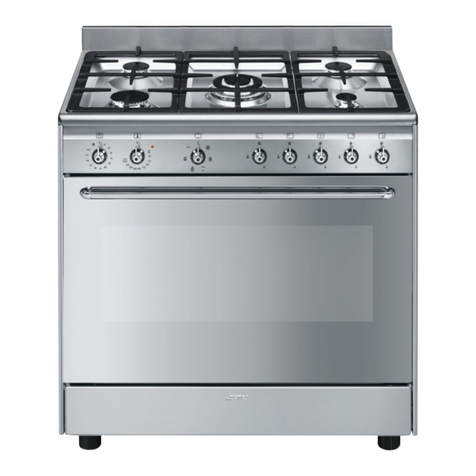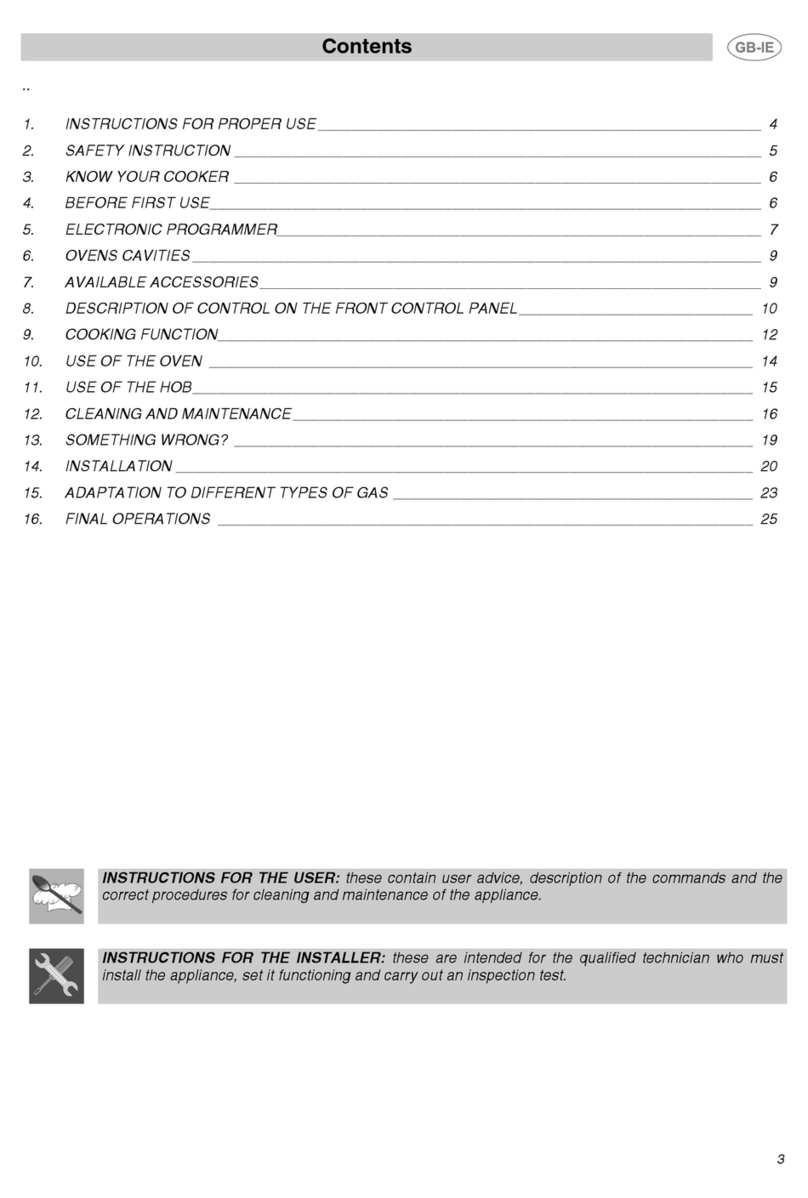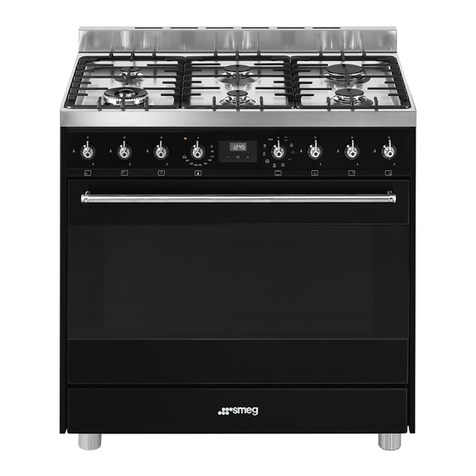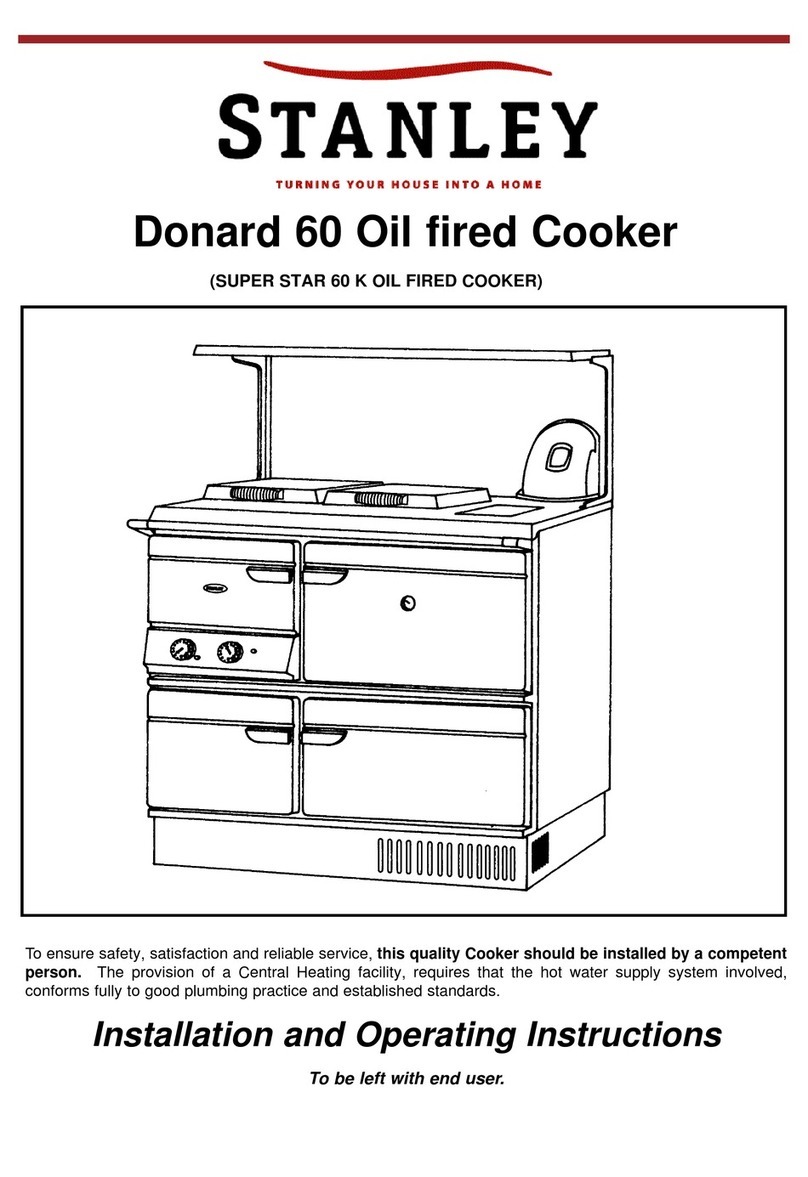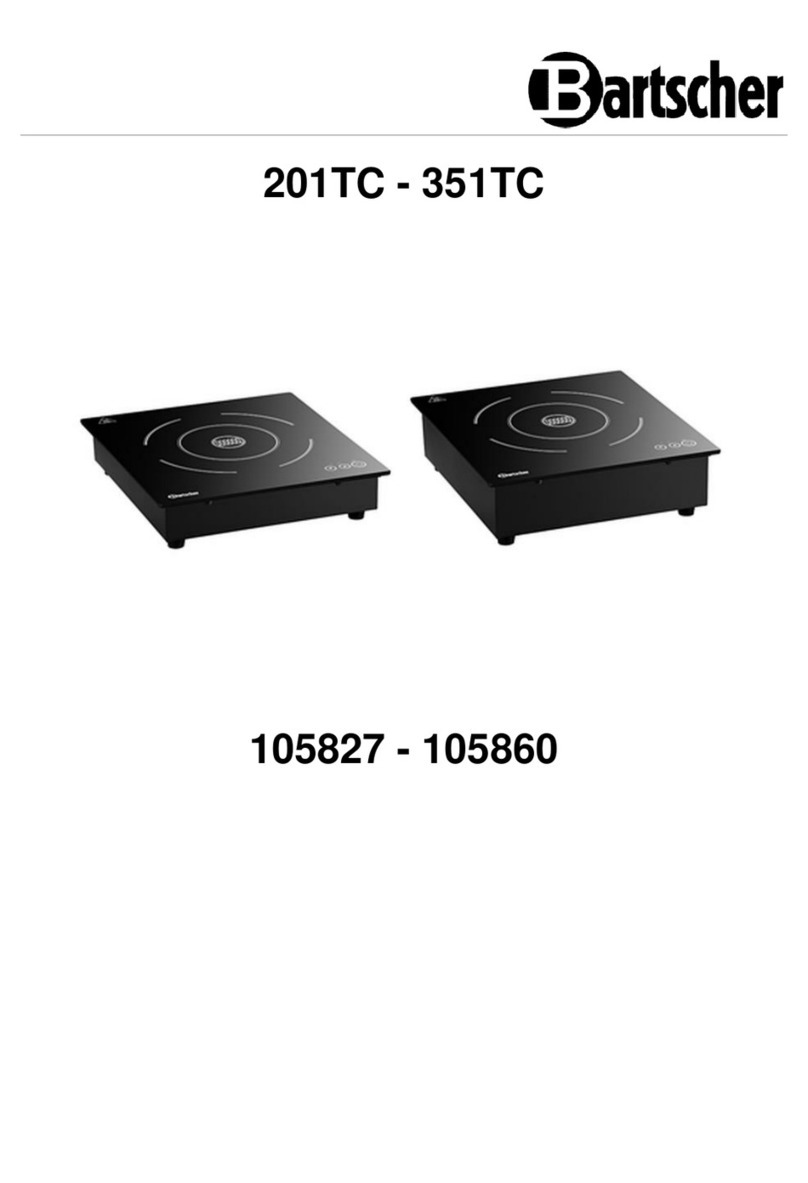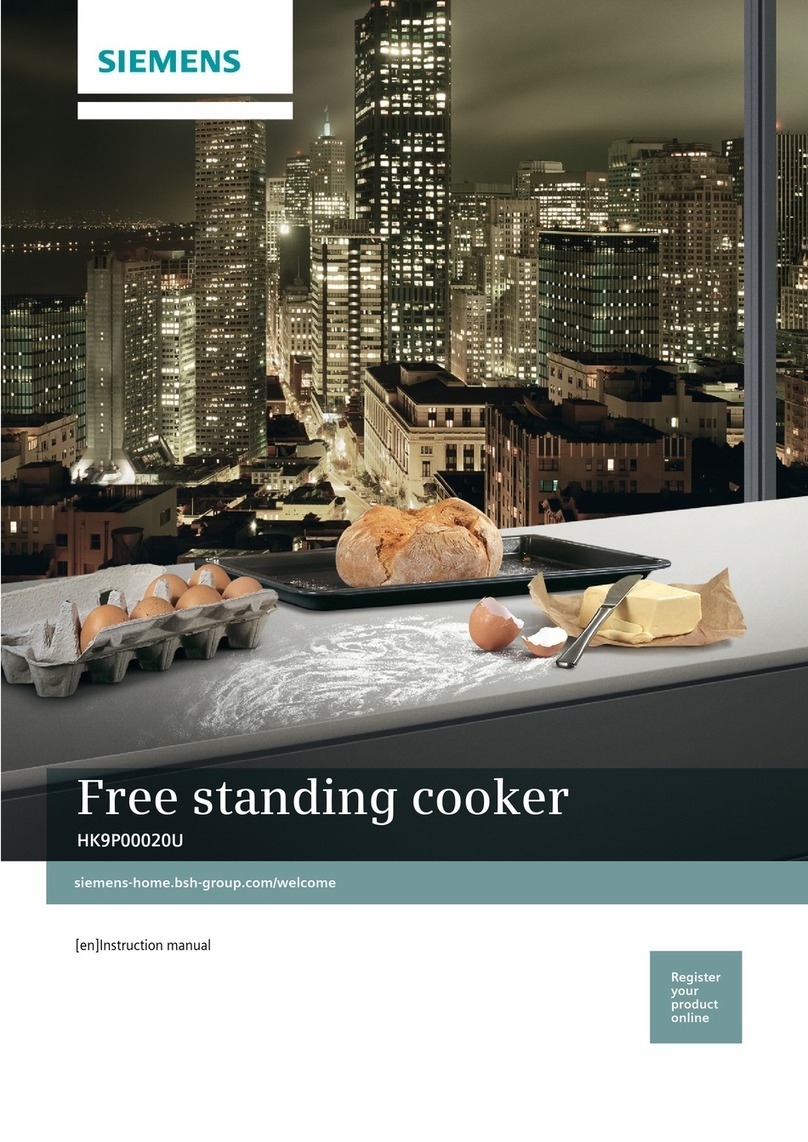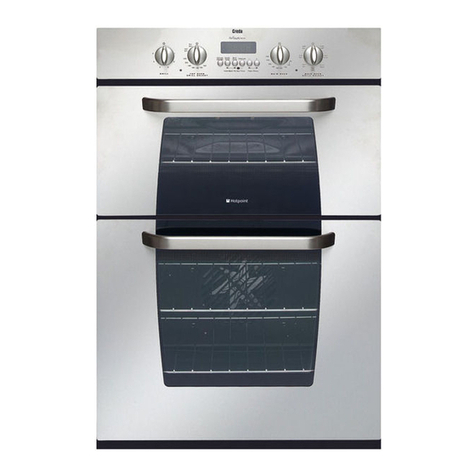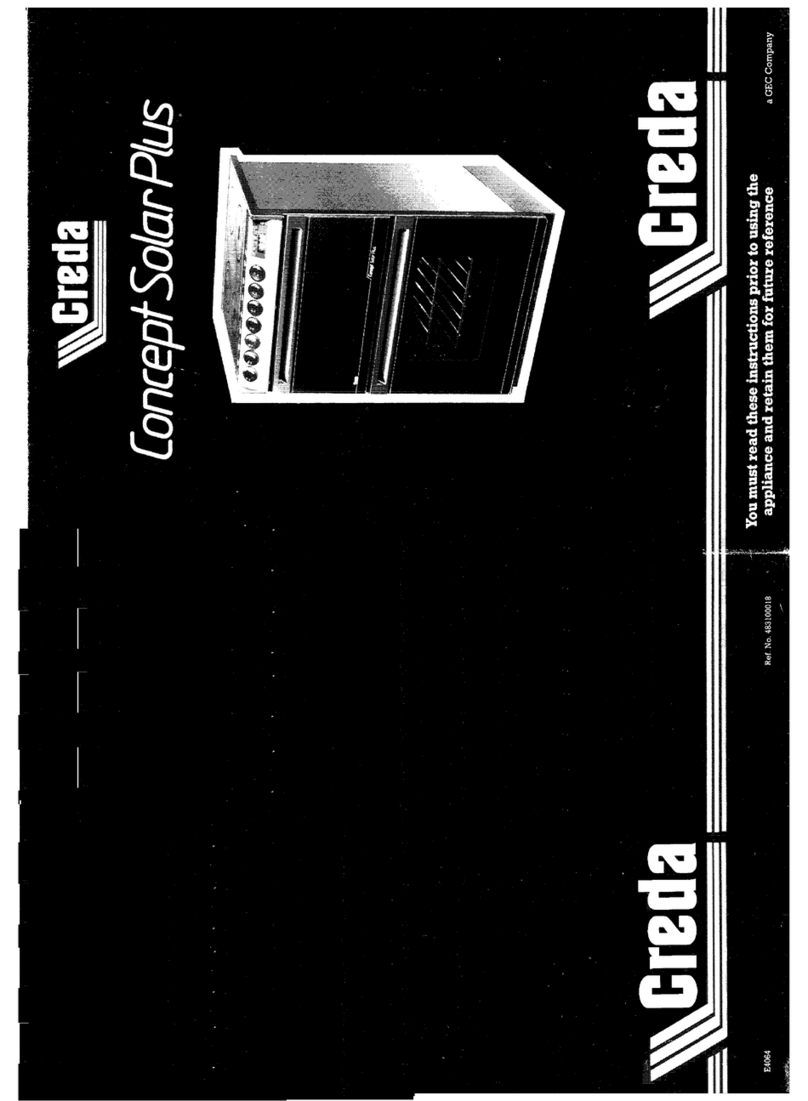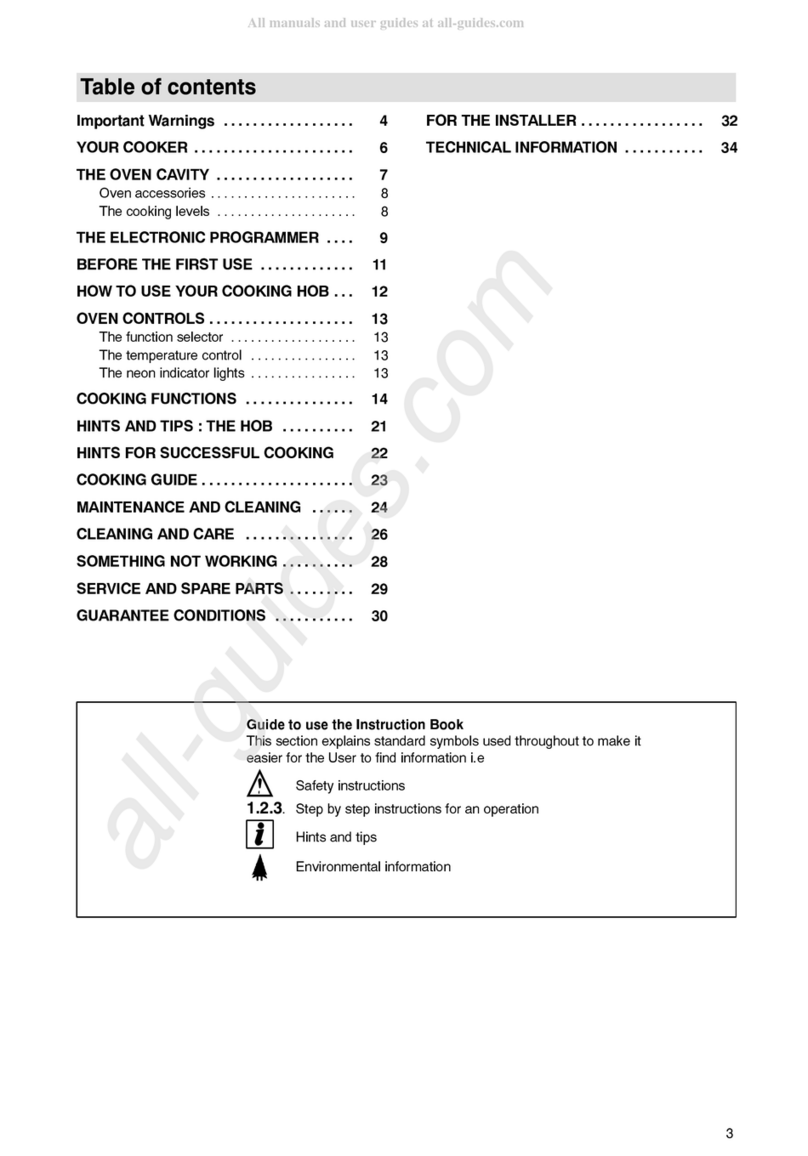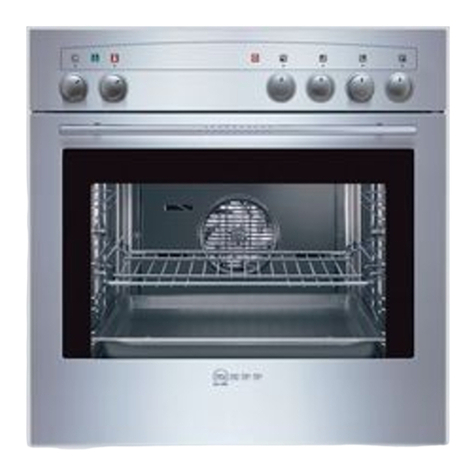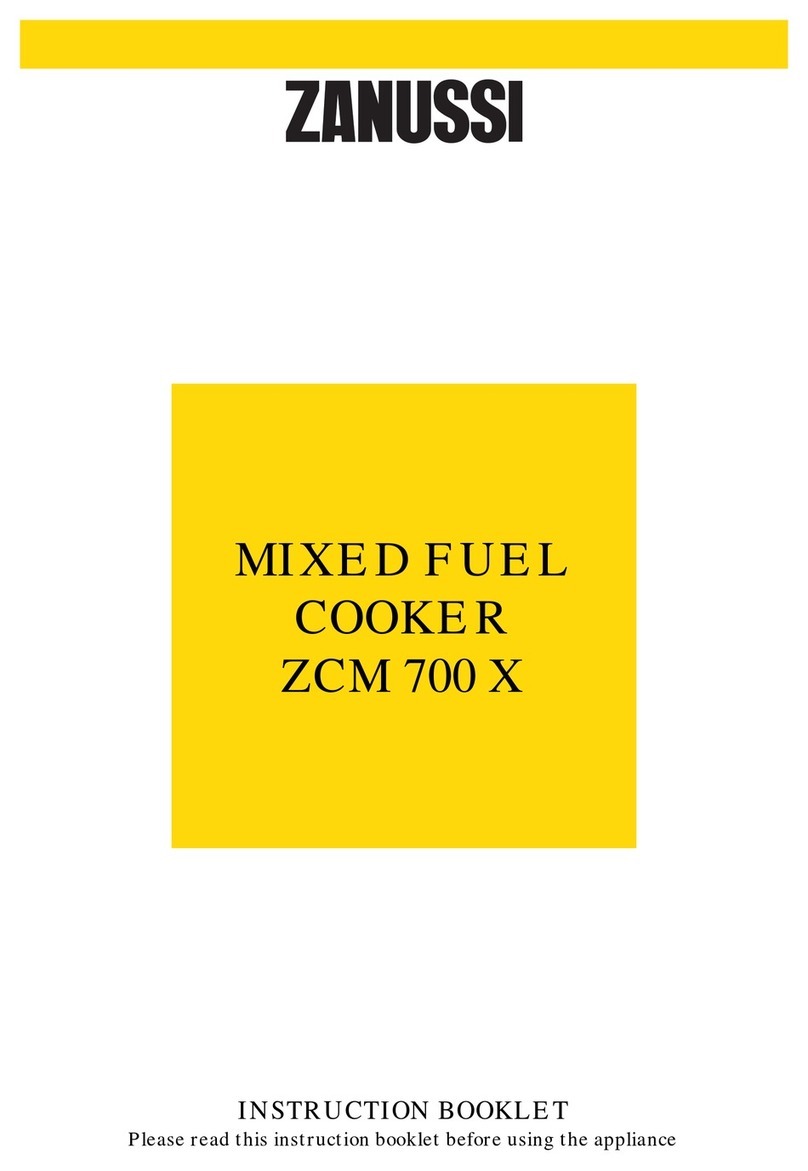Smeg FS9010CER-1 User manual
Other Smeg Cooker manuals
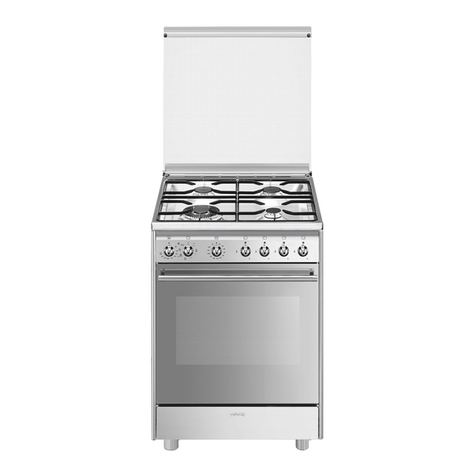
Smeg
Smeg CX68M8-1 User manual

Smeg
Smeg Classica Aesthetic SX91GM User manual
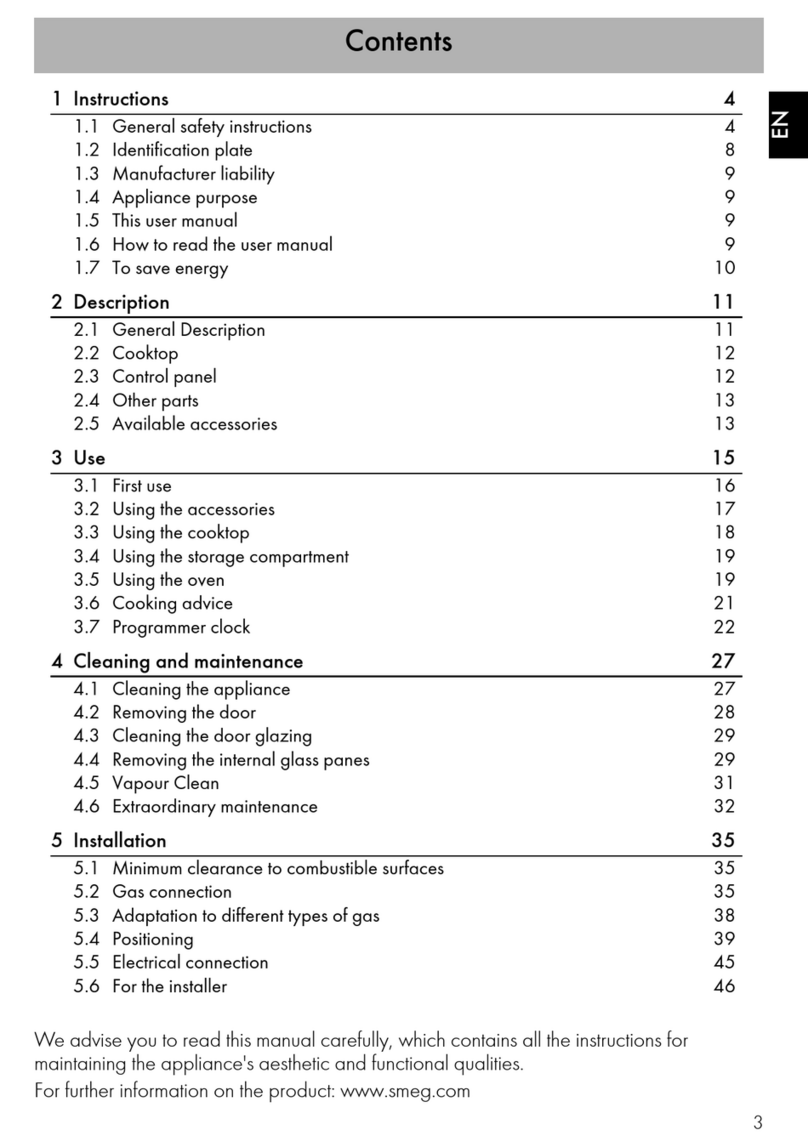
Smeg
Smeg FS9608AS-1 User manual
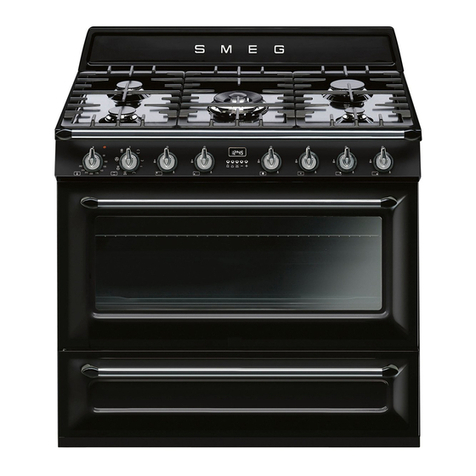
Smeg
Smeg TRA90BL User manual
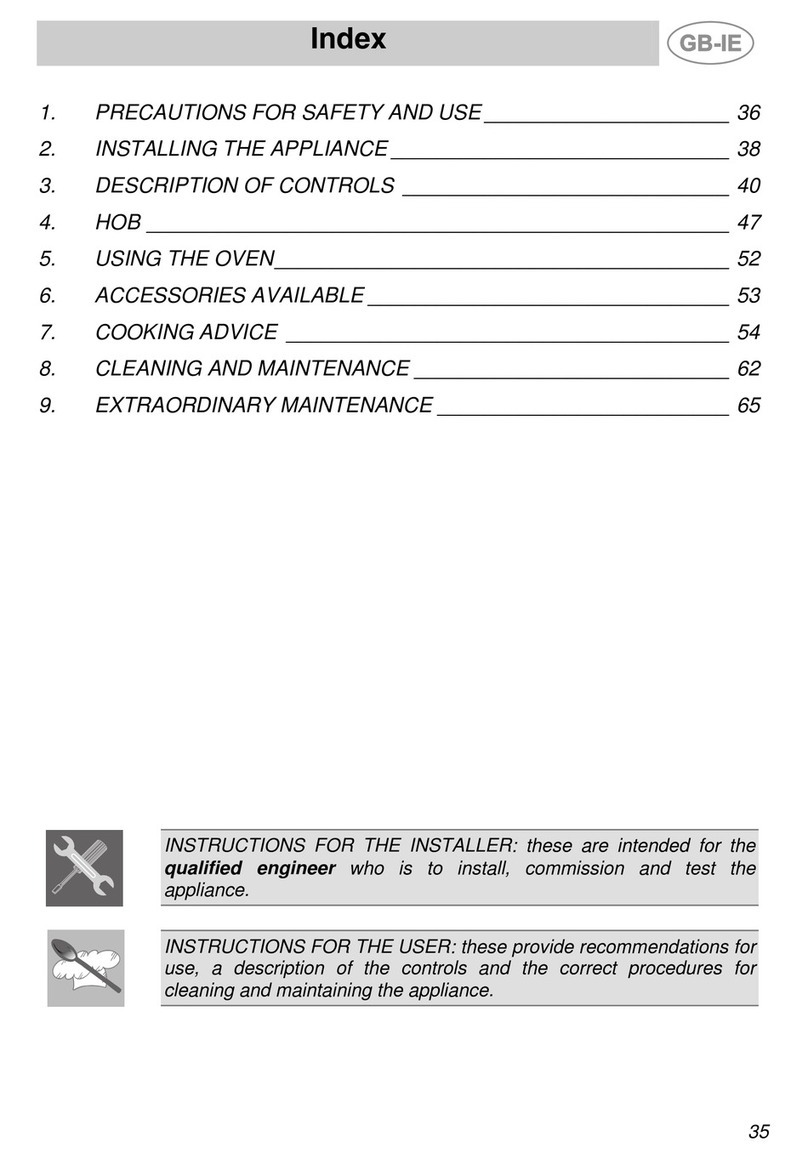
Smeg
Smeg CS19ID-5 User guide

Smeg
Smeg B60GMXI9 User manual
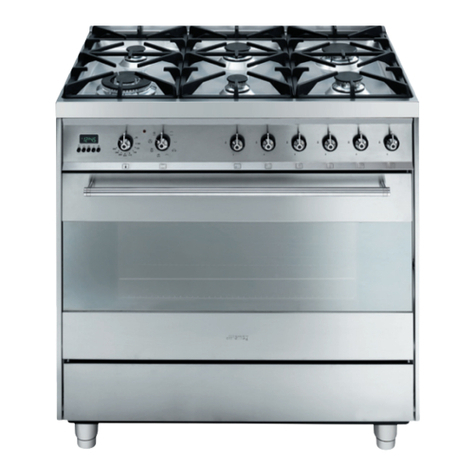
Smeg
Smeg cooker User manual
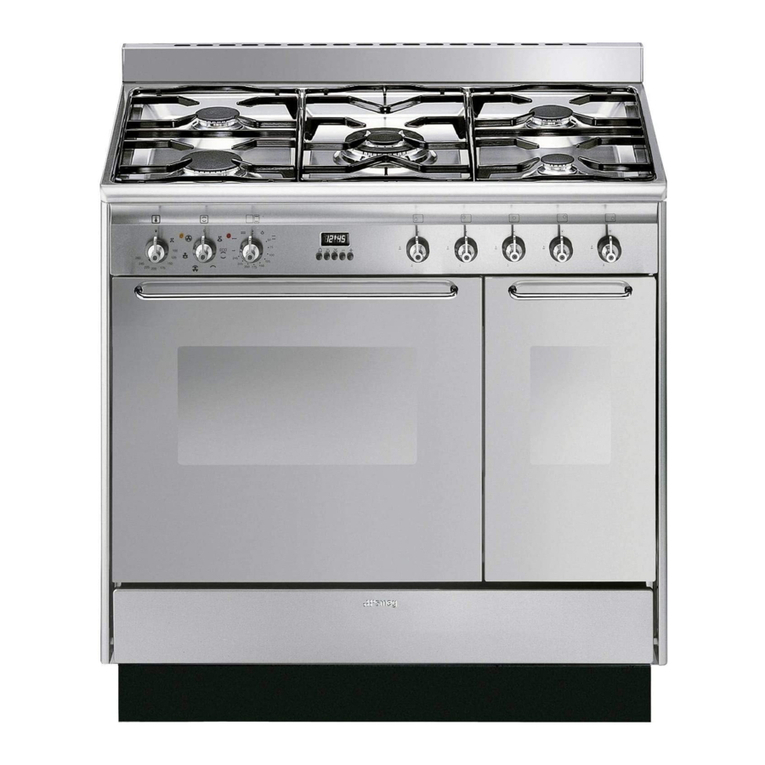
Smeg
Smeg A3 Instruction Manual
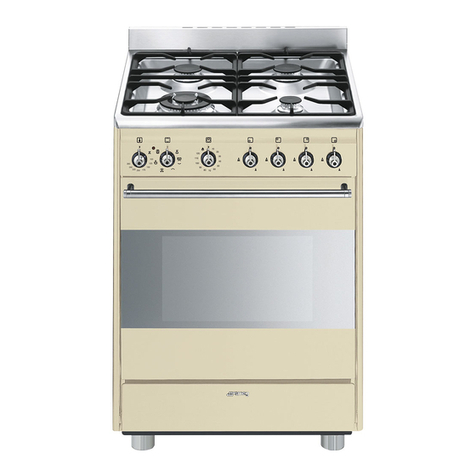
Smeg
Smeg SSA60MX9 User manual
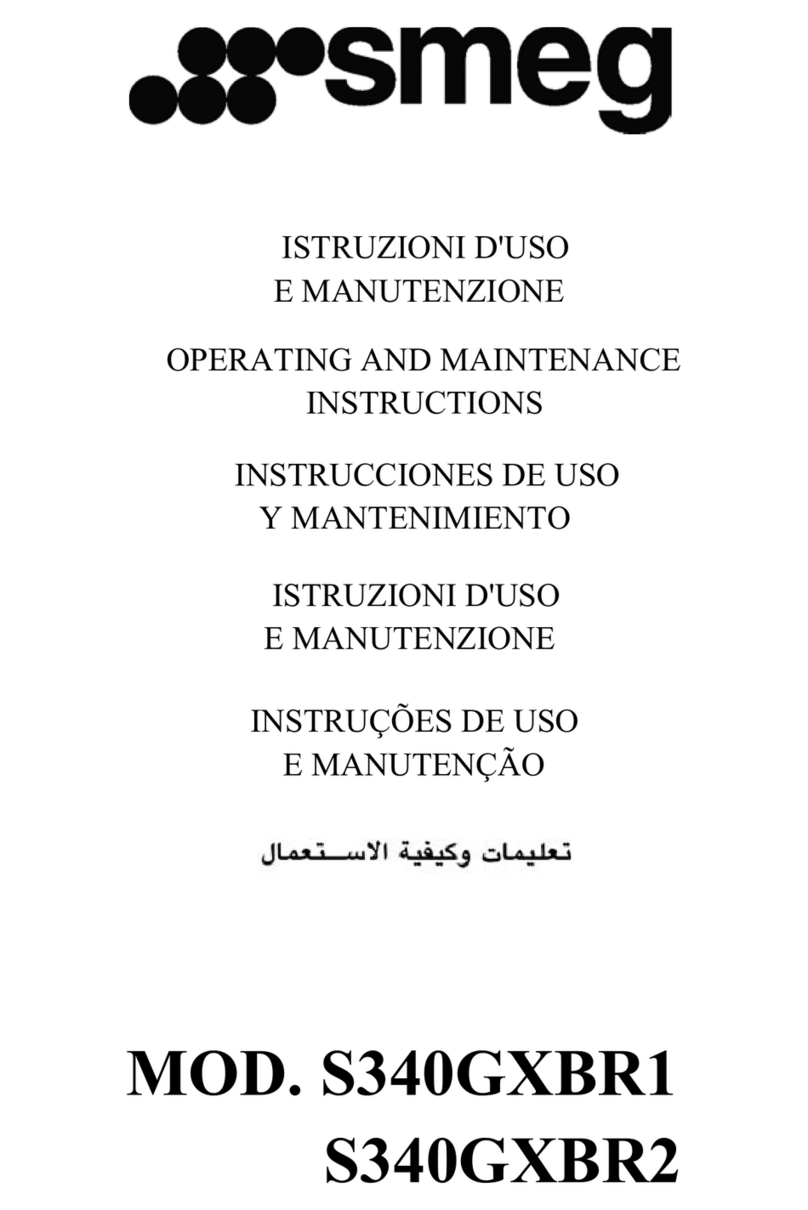
Smeg
Smeg S340GXBR1 Manual
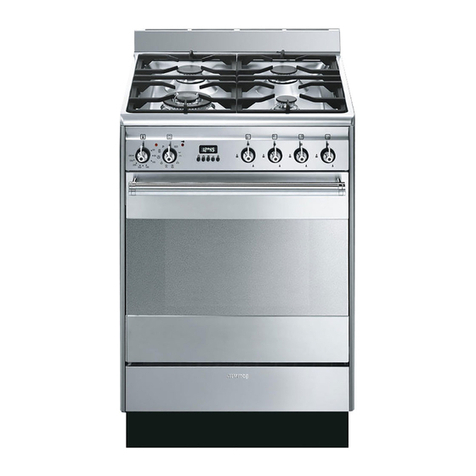
Smeg
Smeg SUK61PX8 User manual

Smeg
Smeg C9CMXA User manual

Smeg
Smeg Victoria TR4110RW1 User manual
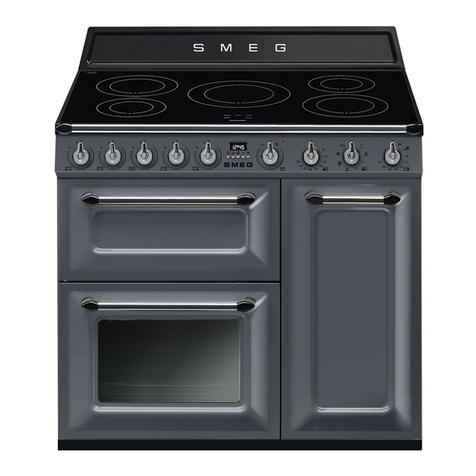
Smeg
Smeg Victoria TR93IGR User manual
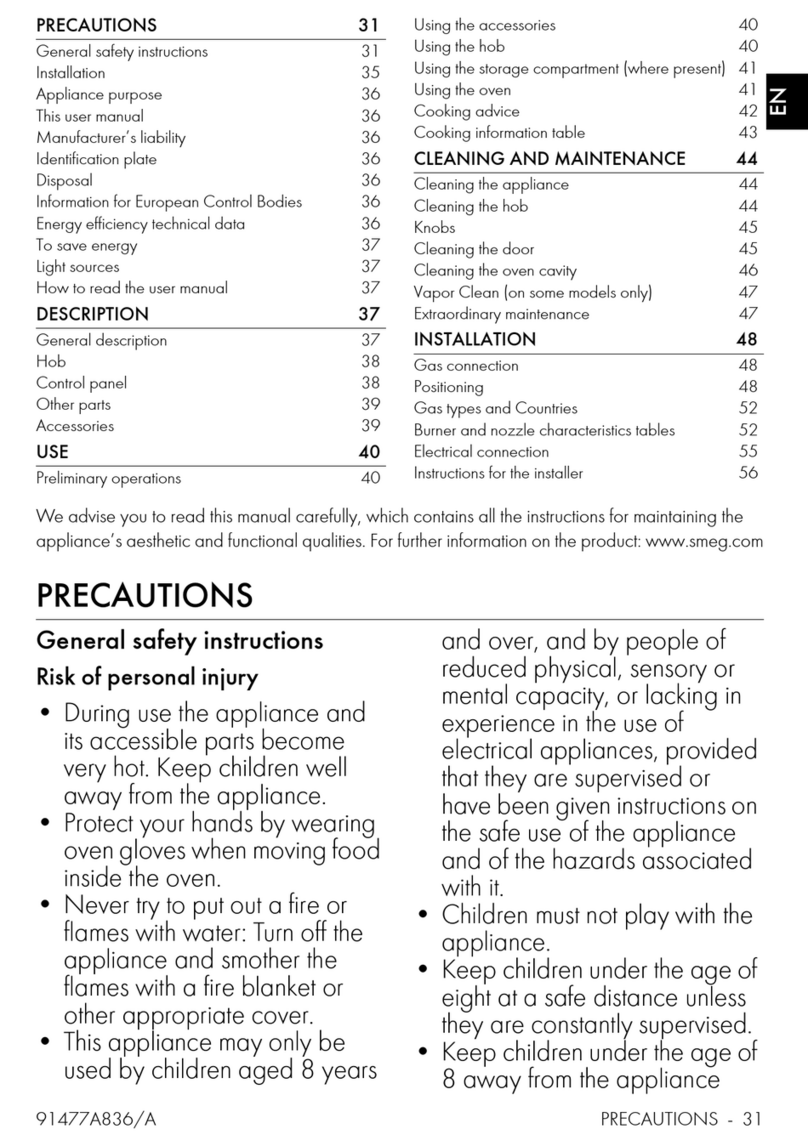
Smeg
Smeg B71GMX2 User manual
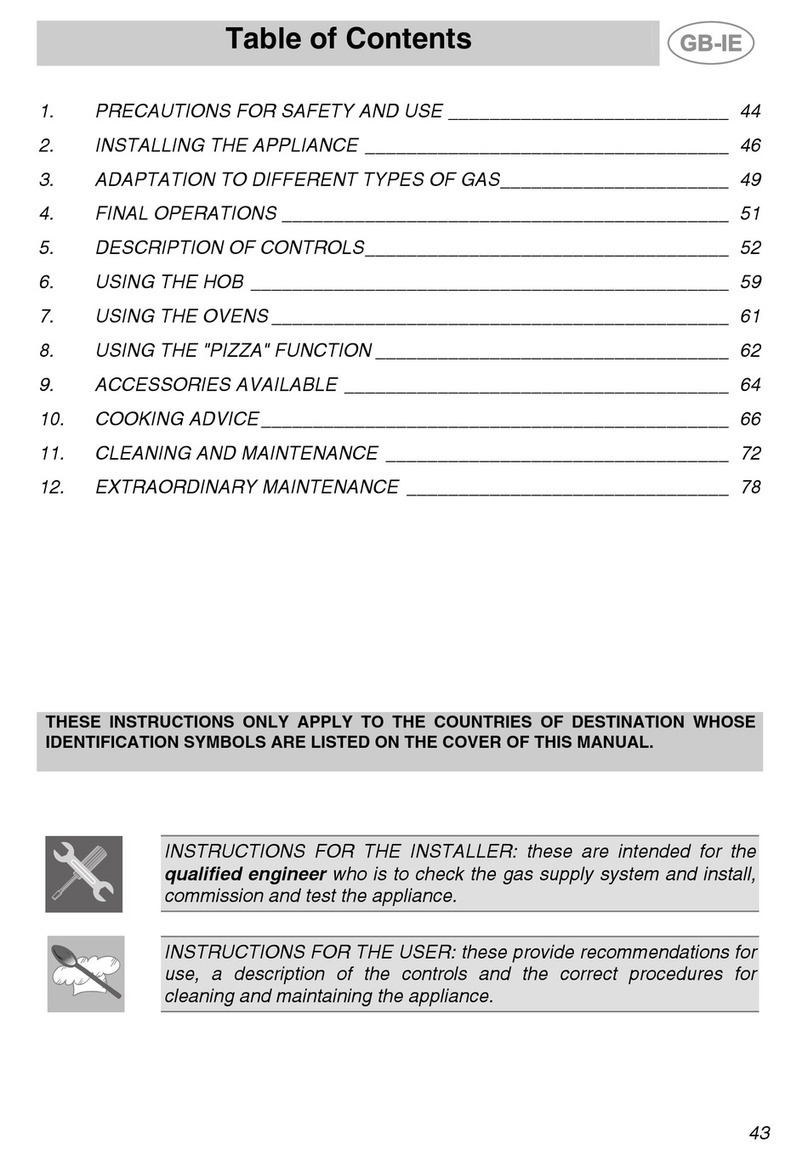
Smeg
Smeg CS122-6 User manual

Smeg
Smeg C9IMXA User manual

Smeg
Smeg SA92MFX5 User manual

Smeg
Smeg FS61XPZ5 User manual

Smeg
Smeg TR103IBL User manual
Popular Cooker manuals by other brands

RiverGrille
RiverGrille TF2002501-RG Assembly instruction

Vollrath
Vollrath 69504F Operator's manual
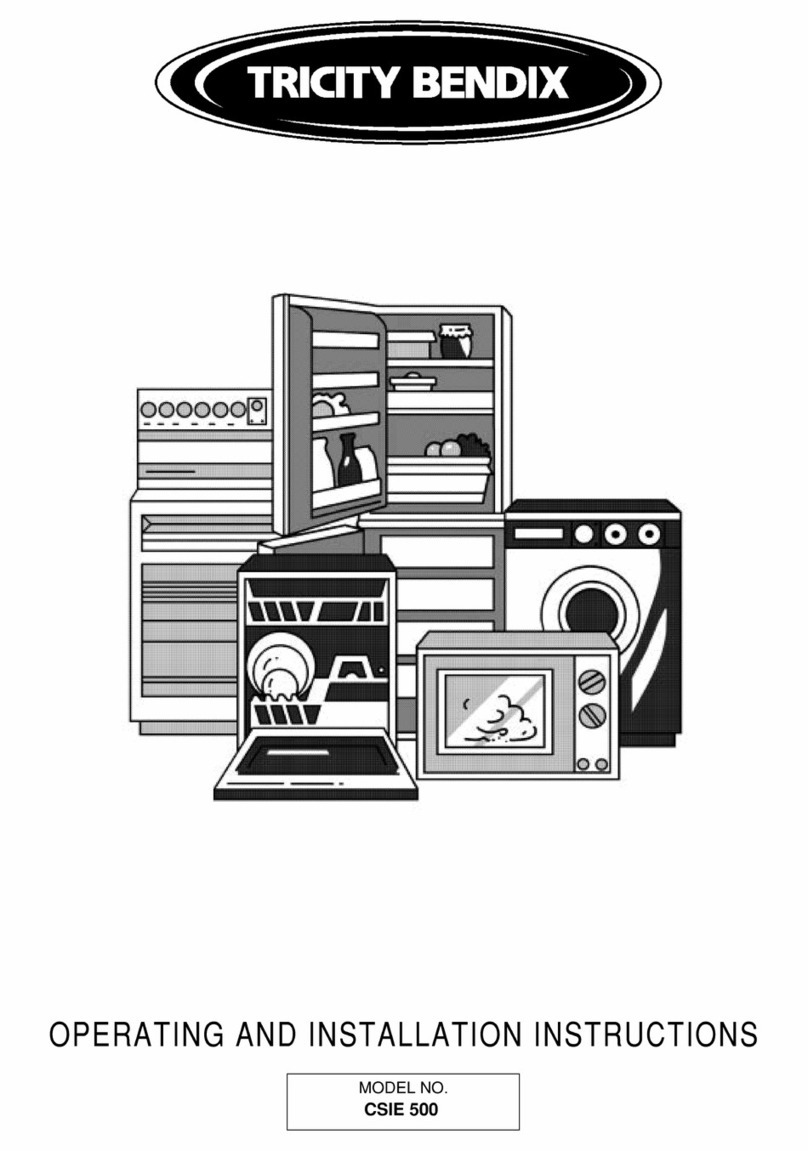
Tricity Bendix
Tricity Bendix CSIE500 Operating and installation instructions
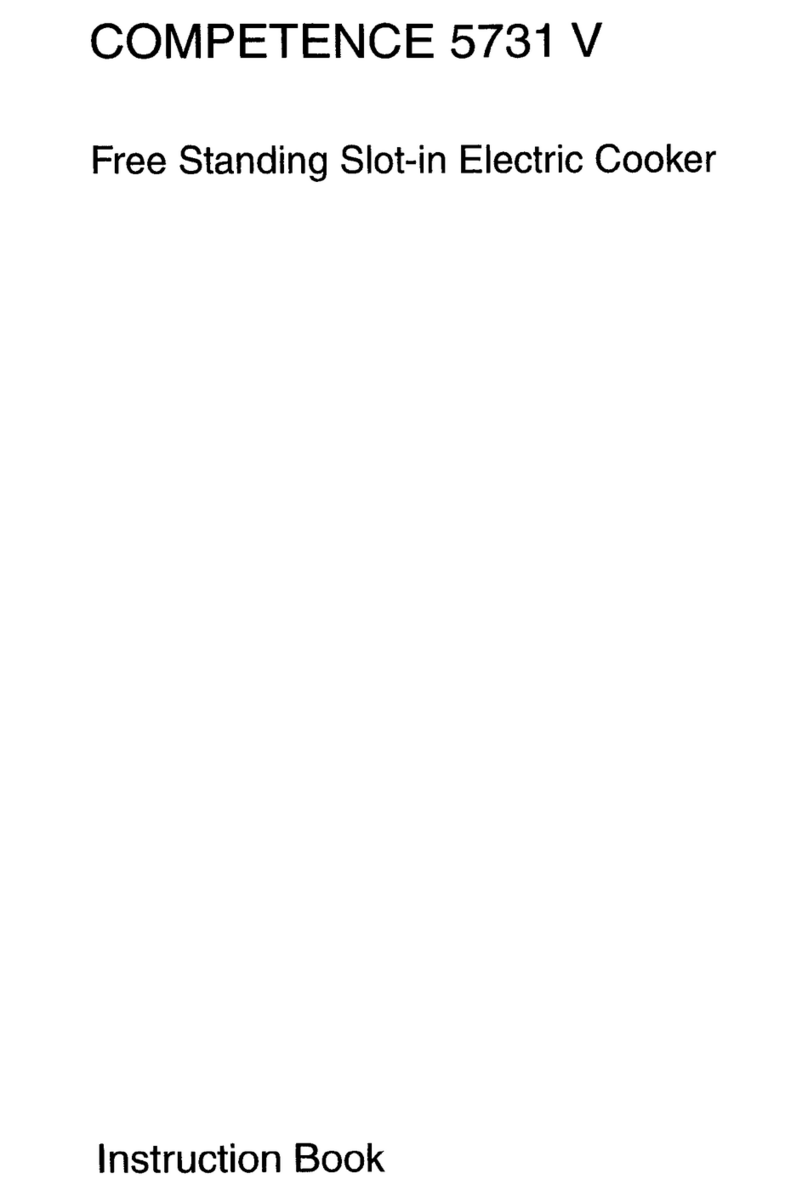
AEG
AEG Competence 5731 V Instruction book

Euromaid
Euromaid ES60 Installation and operation manual

Hotpoint
Hotpoint HUI 62 TP Instructions for installation and use
